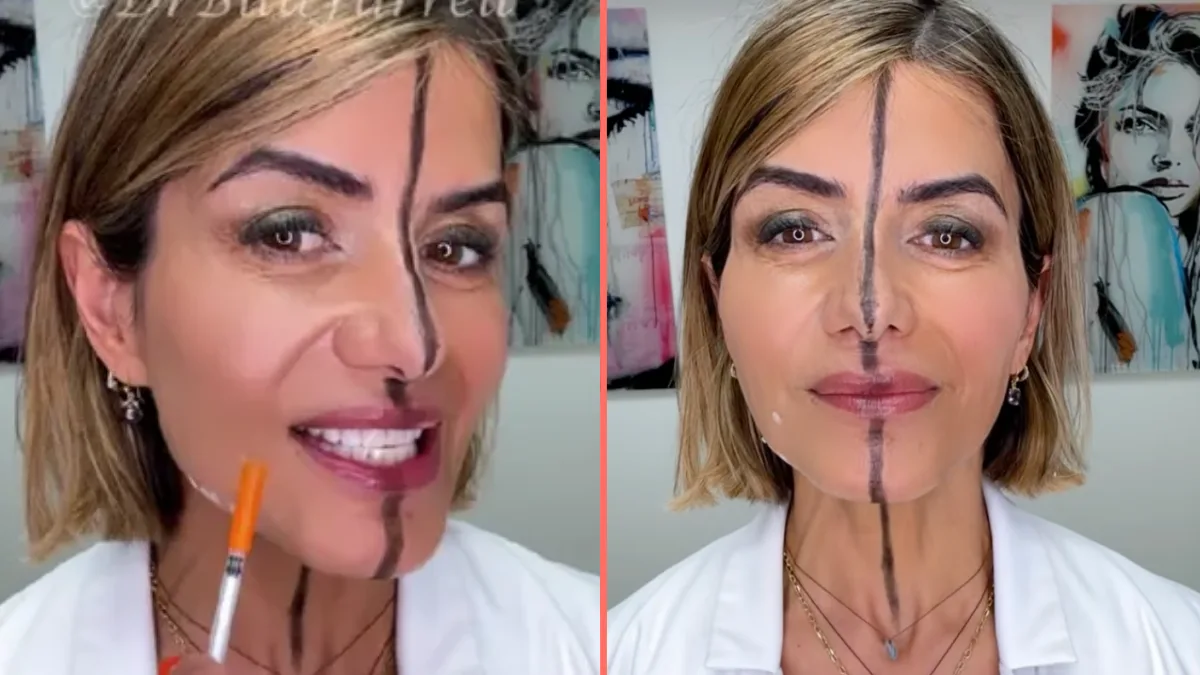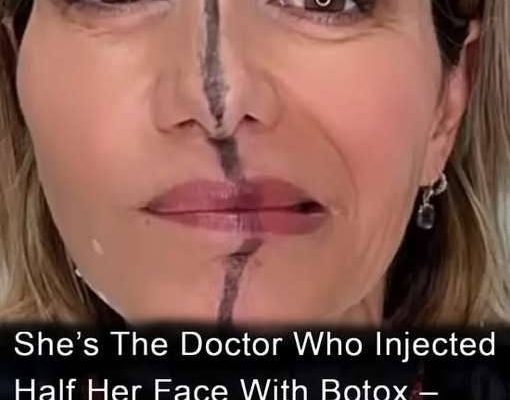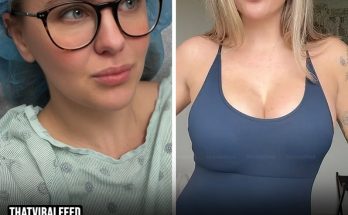In the ever-evolving world of cosmetic treatments, few professionals have gone as far as using their own face to demonstrate the power of Botox. That’s exactly what Dr. Bita Farrell, a renowned aesthetics physician and clinical professor at UCLA, chose to do. In a bold and transparent move designed to educate her audience, Dr. Farrell injected only the lower half of her right face with Botox to highlight the visible, real-world effects of this popular cosmetic procedure.
The Science Behind Botox
Botox is a brand name for botulinum toxin, a neurotoxic protein derived from the bacterium Clostridium botulinum. Despite its origins, Botox is widely used in medicine, particularly in the field of aesthetic dermatology. Its primary function is to block nerve signals to muscles, thereby temporarily reducing their ability to contract. This action smooths wrinkles and fine lines, creating a more youthful appearance.
The treatment is approved by the U.S. Food and Drug Administration (FDA) and is commonly used to treat forehead lines, crow’s feet, and frown lines. While results typically last three to six months, they are not permanent and require repeat sessions for maintenance.
A Unique Approach to Education
Rather than rely solely on before-and-after images of patients or clinical data, Dr. Farrell chose to make herself the subject of a striking visual experiment. With over 240,000 followers on Instagram and 185,000 on Facebook, she has a significant platform to educate the public on cosmetic procedures. She captioned her video experiment as being done “for the sake of science”—and her followers agreed.
Two weeks prior to posting the now-viral clip, Dr. Farrell injected neuromodulators—commonly Botox—into the platysma and depressor anguli oris (DAO) muscles on the lower right side of her face. These muscles are responsible for pulling down the corners of the mouth and jawline.
She explained in her video: “Muscles of the face either pull up or pull down. When the muscles that pull the lower face down are relaxed with Botox, the muscles that pull the midface up—such as the zygomaticus—dominate, resulting in a more lifted appearance.”

The Results: One Face, Two Different Expressions
The video, which has now gained hundreds of thousands of views, showed a clear split down the center of Dr. Farrell’s face. On the left (untreated) side, her expressions moved freely. On the right (treated) side, however, her facial movements were noticeably restricted.
She pointed out key differences in the clip: “You can see that the platysma muscle on this [left] side is really contracting and pulling my jawline down, and so is my DAO, pulling the corner of my mouth down. But on this [right] side, the muscle has been relaxed, so the cheek looks higher, and the nasolabial fold is softer.”
She added that the marionette lines—creases that run from the corners of the mouth down toward the chin—also appeared diminished, as did the shadowing that typically occurs with age and volume loss. This was particularly visible on the Botox-treated side.
What This Means for Facial Dynamics
Dr. Farrell’s demonstration served as a live, human illustration of the power of Botox to change facial dynamics. By treating only one side, she created an easy-to-understand comparison that eliminated the need for complex explanations or charts. Viewers could literally see the difference in muscle tone, facial structure, and expression symmetry.
She clarified that results of such Botox applications usually last around three to four months. Although she used Botox, any FDA-approved neuromodulator—such as Dysport, Xeomin, or Jeuveau—can produce similar effects depending on the patient’s needs and the injector’s expertise.

Public Reaction: Praise, Curiosity, and Criticism
The online reaction was swift and passionate. Many viewers praised Dr. Farrell’s courage and commitment to education. One follower wrote, “This is an amazing demonstration of the effects of Botox. It really is amazing! Thanks for doing this. I am actually shocked to see how big of a difference it makes.”
Another added, “For the same sake—I will try that too, just on both sides.”
Some, however, were less convinced. A few commenters suggested that the untreated side of her face actually looked more youthful, noting fewer under-eye lines and more natural movement. One viewer asked, “So, at one side she looks paralyzed—is that good?”
Others raised ethical concerns about a medical professional injecting themselves, even for educational purposes. A critical voice commented, “After so many years of study and effort, what drives a doctor to masquerade as a clown to gain visibility? This trend is mortifying.”
Still, the majority of reactions leaned toward appreciation. In a world often filled with filtered images and beauty misinformation, many saw Dr. Farrell’s experiment as a refreshing and honest take on cosmetic procedures.
Botox: Risks, Rewards, and the Importance of Expertise
Although Botox is considered safe when administered by a licensed professional, it’s essential to understand the potential side effects and limitations. These can include bruising, headaches, and temporary facial asymmetry. In rare cases, more serious complications like drooping eyelids or difficulty swallowing can occur.
Dr. Farrell’s demonstration underscores the importance of receiving treatment from a board-certified expert. Understanding facial anatomy, muscle groups, and dosage precision are critical to achieving safe and natural-looking results.
Moreover, every face is different. What works for one person may not work for another, and individual preferences also play a role. Some people prioritize a frozen, wrinkle-free look, while others prefer subtle, natural results with retained movement.

Conclusion: Education Through Transparency
In a landscape saturated with airbrushed ads and influencer endorsements, Dr. Farrell’s side-by-side Botox experiment brought clarity to a sometimes-misunderstood treatment. Her video not only showed the immediate impact of Botox but also encouraged a broader discussion about aging, beauty standards, and informed choices.
By turning herself into a living case study, she offered an invaluable lesson: the best cosmetic outcomes often result from knowledge, precision, and transparency—not gimmicks.
Whether you’re considering Botox for the first time or just curious about how it works, Dr. Farrell’s unique approach provides both insight and caution. If nothing else, her demonstration proves one thing: half a face can say a whole lot.

